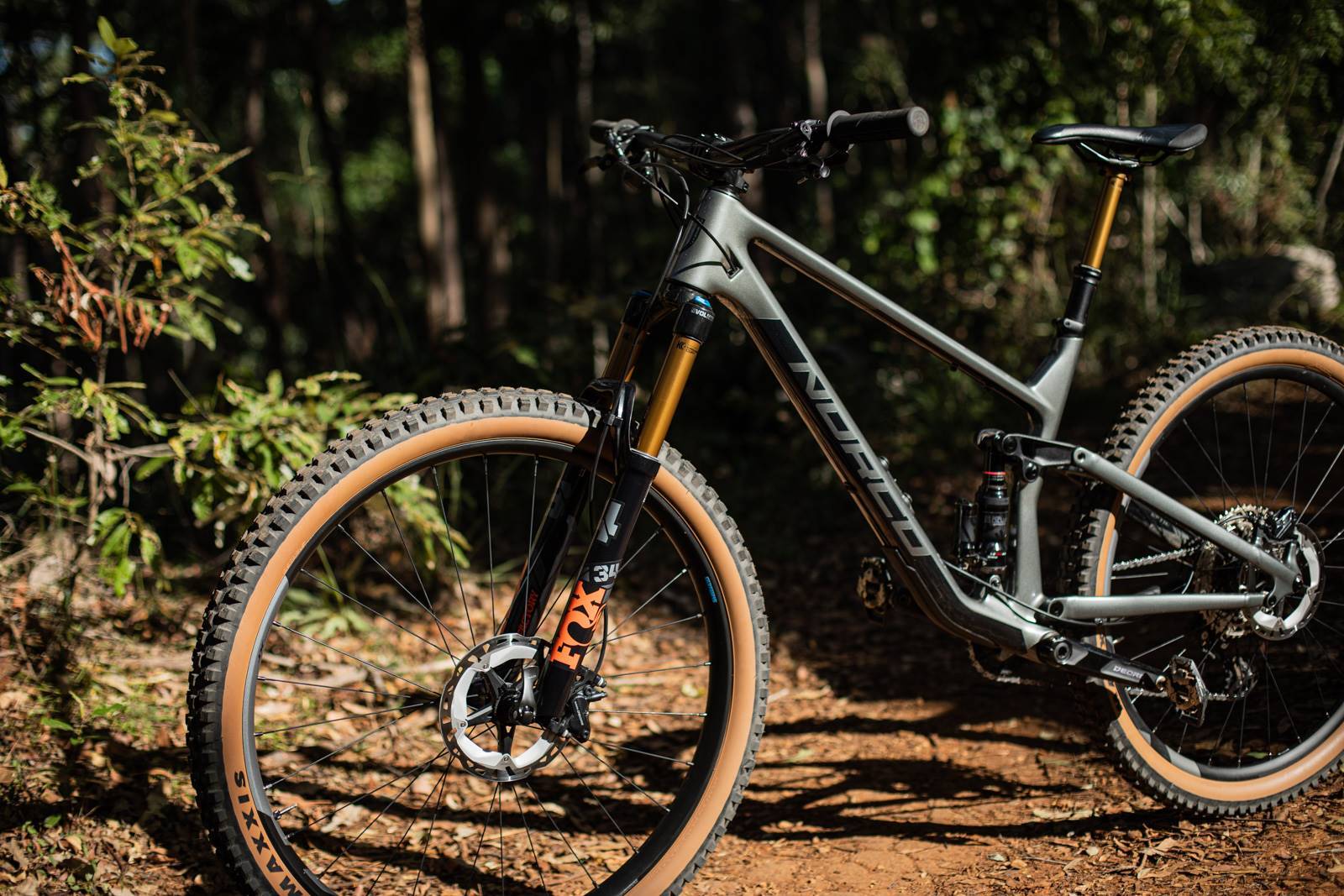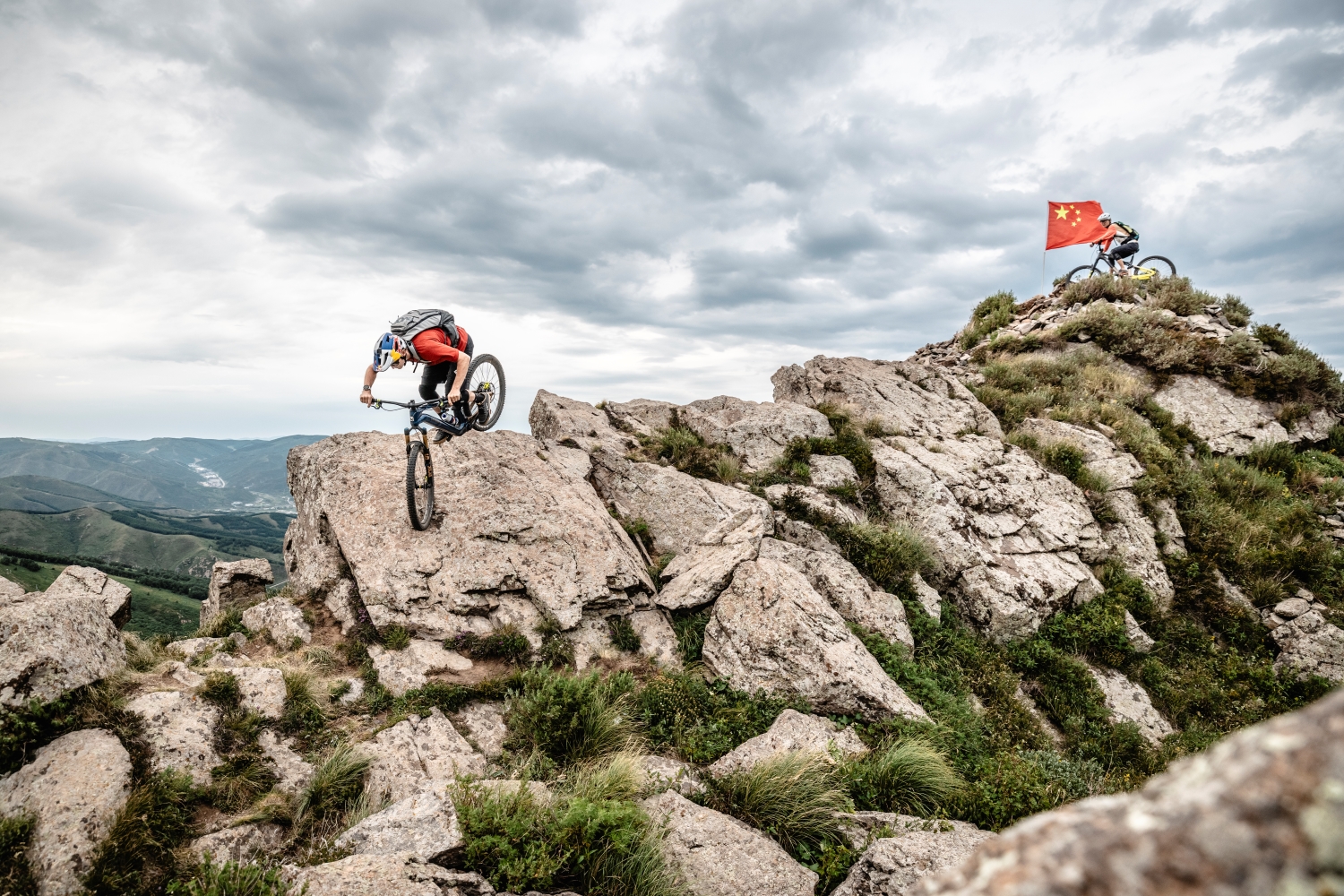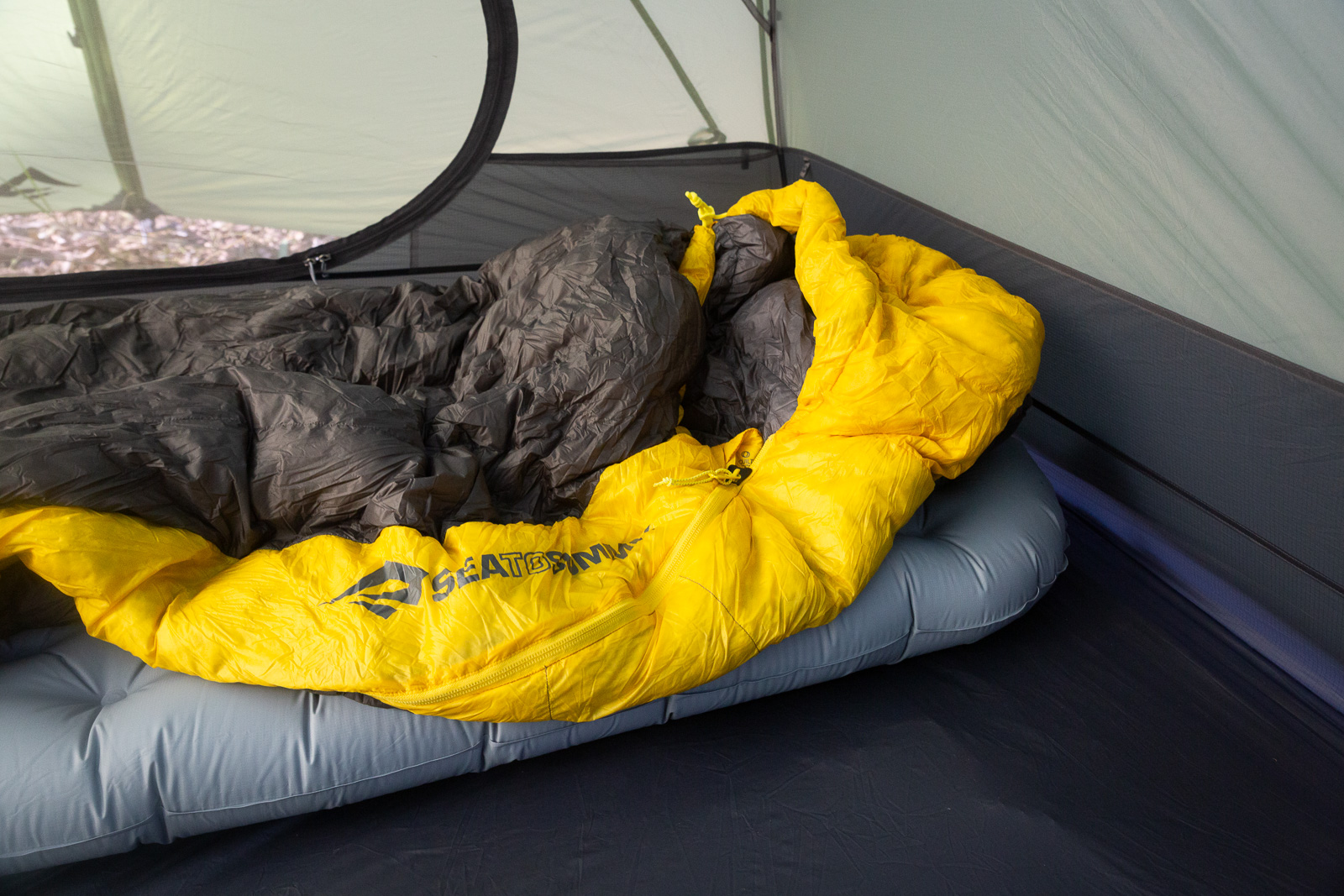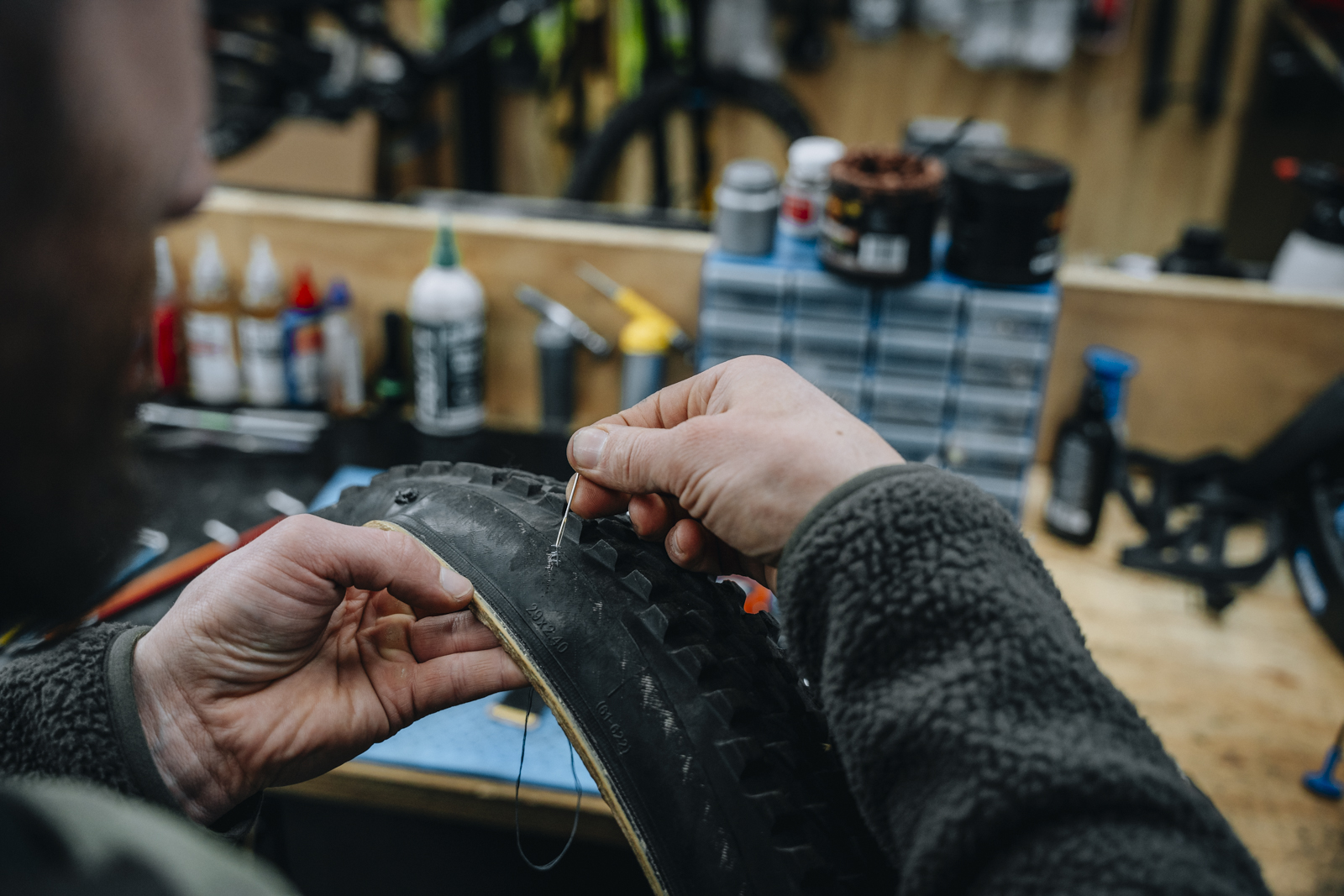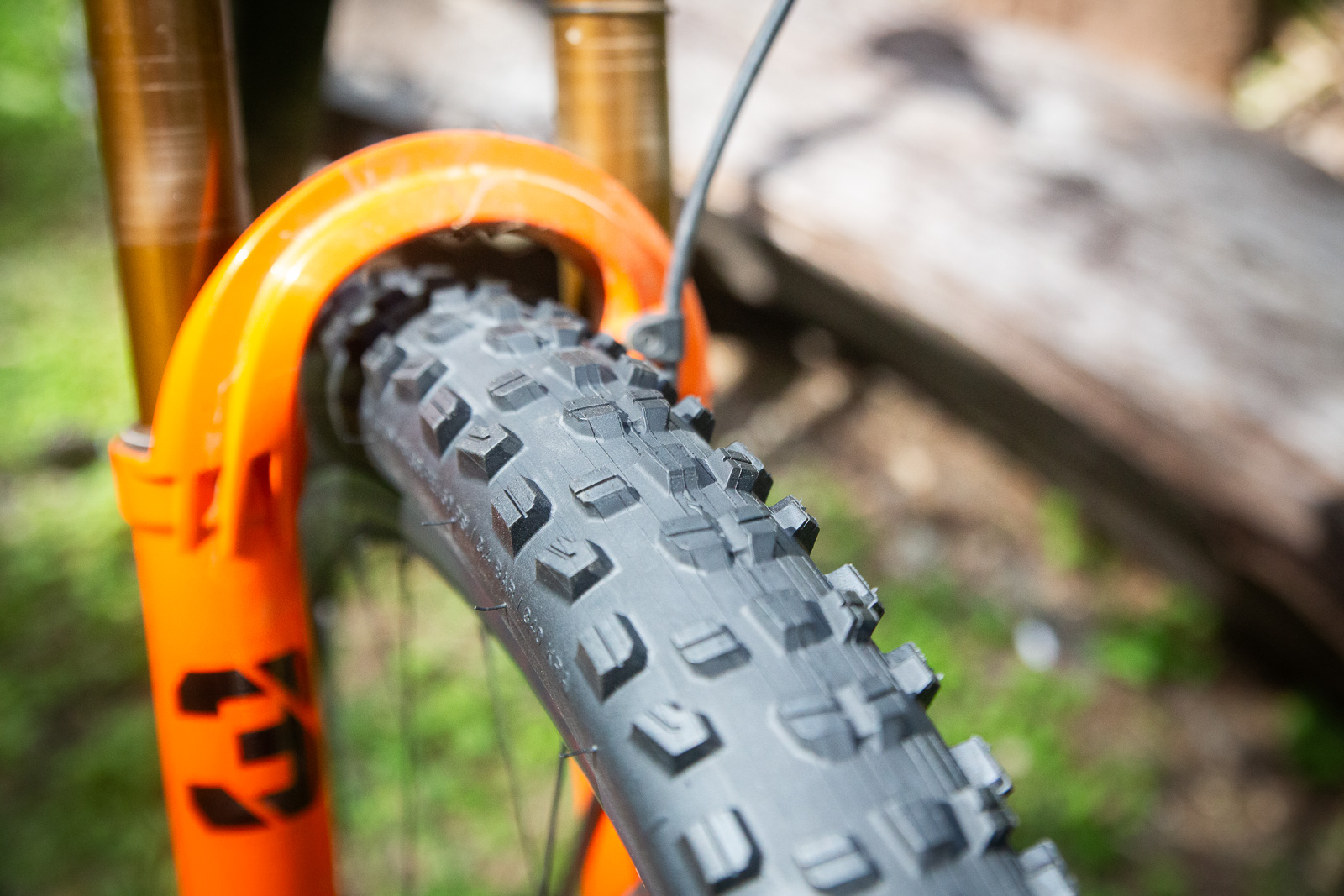TESTED: 2021 Fox 34 Factory GRIP2
Get the low down on the latest Fox 34 trail fork!
Words : Mike Blewitt Photos : Colin Levitch
In April, Fox had two major rounds of product launches. While the new Fox 38 with bleed valves, and elliptical steerer, new axle system and new GRIP2 with Variable Valve Control (VVC) grabbed the main headlines, many riders also took interest in the Fox 36 and Fox 40 models that saw much of the same technology, and the updates to the DHX2 and X2 rear shocks.
Those were not the only updates, as the Fox 34 trail fork was also gifted the new ultra-adjustable GRIP2 damper with VVC, and there were updates to the popular DPX2 shock and the reliable Transfer dropper post. While the Fox 34 GRIP2 isn't available in any limited edition colors, those who want to really fine tune the ride of their trail bike won't have missed the details on the new model.
First things first, Fox are forcing your hand a little bit for 2021 fork models, in terms of what travel length matches your riding. The Fox 36 comes in 150mm and 160mm, and the new Fox 38 is just for 160-180mm travel. The Fox 34 comes stock at 140mm but you can opt for 130mm or 120mm, although some stock bikes may come with a 150mm Fox 34 fork. I think this is a good move, as it prevents people over or under doing it for their suspension duties, and given the GRIP2 damper is now available on the Fox 34, high end suspension tuning doesn't need to be the decision point between going for a Fox 34 and a Fox 36.
What does GRIP2 do compared to FIT4?
Good question! The FIT4 cartridge is still available for the Fox 34 Factory forks, and it offers three settings for compression, Open, Medium and Firm. There are also 22 clicks of adjustment that impact how firm the start of the stroke is in Open. As such it's a great fork for fast trail bikes and cross-country bikes that opt for efficiency in and out of the saddle. You can pretty much lock it out with a quick flick to Firm, and tune in the compression in Open to make the breakaway force a little higher for a relative air pressure. Rebound is also externally adjustable.
GRIP2 breaks compression and rebound into high and low speed options, and it is one of the most adjustable dampers on the market, from any brand. This comes with complications though, as it takes a little longer to get it all dialed in. So some people might just be better suited to the FIT4 option, especially if they want a really firm closed compression option for aggressive climbing. Where GRIP2 really shines is being able to really tune in your bike, via the independent high and low speed adjustments.
The GRIP2 Variable Valve Control (VVC) damper has 8 clicks of high speed compression and rebound adjustment (with VVC) and 16 clicks of low speed compression and rebound adjustment. The 'speed' of each is relative, as it's not like there's an accelerometer in the fork that will only use high speed damping above 35km / h. The low speed is best thought of for when you're manipulating the bike, so how it responds to pedaling, compressions via pumping, and even smooth transitions into down ramps from jumps. High speed is more concerned with things like rock and root chatter on descents, hitting rock gardens, or jumps with harsh landings and rock rolls with pretty janky transitions.
So by spending the time to tune the damper with your Float EVOL air spring set via sag, you can have a bike that is really poppy and playful thanks to a light low speed rebound setting, but one that doesn't deflect easily off major impacts like casing a jump or charging a rock garden.
The VVC setting is unique and it means that the high speed compression and rebound adjustments act like having internal changes to the valving. While not trying to oversimplify it, a lighter adjustment is akin to having less valves, which is a custom tune that might occur for lighter riders. More clicks in is like adding some, which is what a custom tune might do for a heavier or more aggressive rider. There's more to it and some incredible engineering, so do check the web piece online from my first look at the fork.
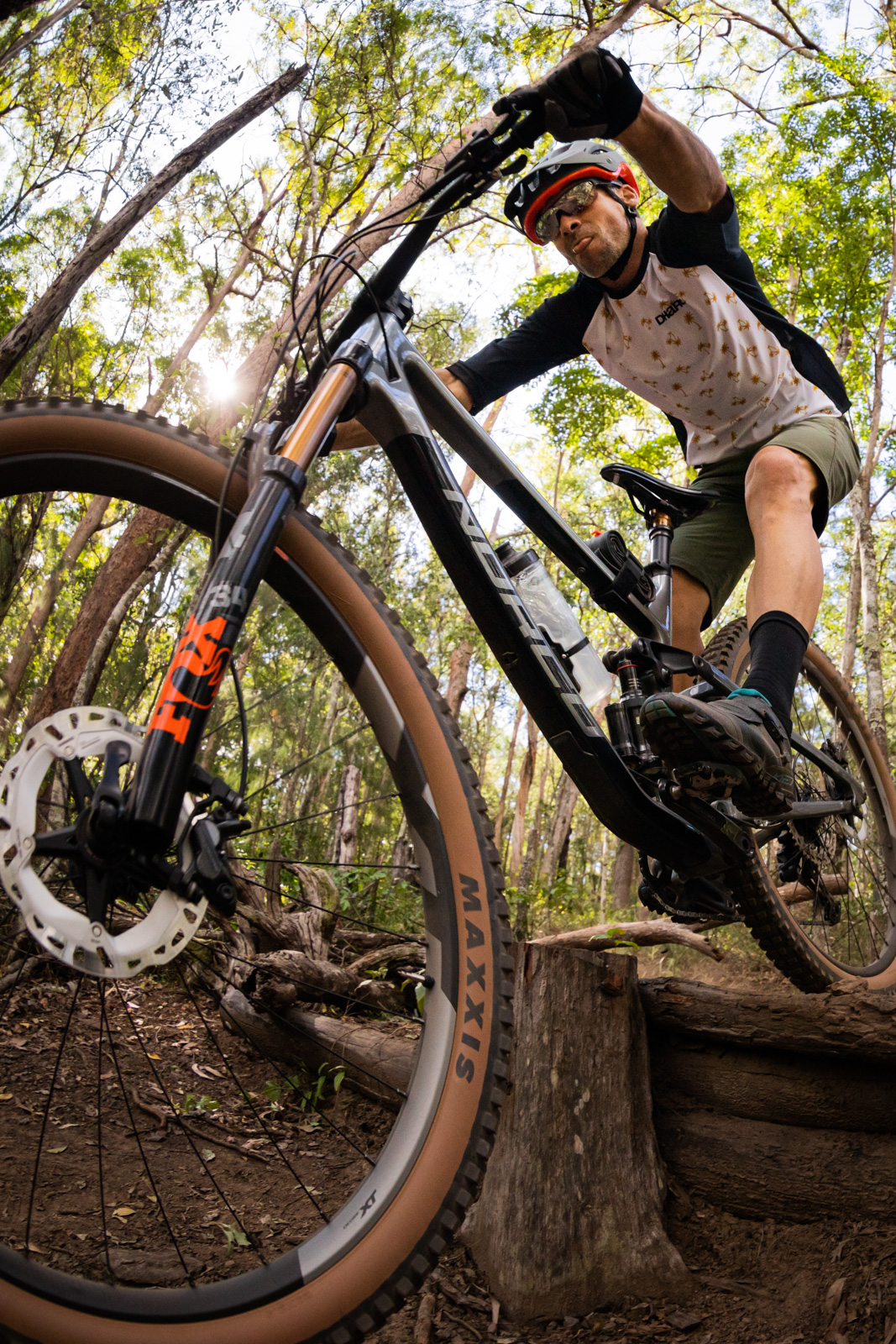
Riding the Fox 34 Factory GRIP2
With the Fox 34 Factory GRIP2 replacing the RockShox Pike Select on the Norco Optic long term test bike, the process of tuning began. Fox provide a handy guide to get started, and I used this for a base pressure setting and compression and rebound tune. In general, start with your compression adjustments totally open and rebound part way. Rebound will always need to be changed in response to spring rate (air pressure) so it's important to get that set via sag first.
I'll be honest, it took a few rides to get it right. I'm a staunchly grounded sort of rider, but I did end up running the low and high speed rebound lighter than I thought I might, as I do prefer my bikes to ride with a higher front end, so I can load the front up aggressively when needed without too much dive. And that's how I ended up having it performing. I could use a really light rebound to keep the bike quite active when pumping through a section, while still making sure it didn't rebound with so much force off an unexpected hit that I'd ping off line. My local trails aren't stacked with aggressive terrain, and I'm sure I'd have to make some tuning modifications if I were to head somewhere steeper with more aggressive features. But that's ok – the GRIP2 damper can handle that, and after setting the fork up I'm pretty confident I could make the changes trailside really quickly.
It was easy to use the high speed compression adjustment to firm up the fork on longer smooth climbs, but it doesn't act like the firm mode on a FIT4. The Optic doesn't really react that well to aggressive out of the saddle climbing anyway thanks to such an open rear shock. I tended to sit and spin on all but the smoothest climbs, so leaving the compression adjustment as is meant the fork could do its job and track really nicely instead of deflecting.
As for handling in terms of stiffness, the Fox 34 acted just like a Fox 34 I have owned previously and the Marzocchi Bomber Z2 I tested over summer. I do think keeping the 34 at mid-travel options is a really smart move from Fox, and on the Optic the adjustability of the GRIP2 damper and the character of the bike made for a perfect match. Fox say the 34 platform is best suited to riders who want a true all-mountain bike, something that goes up, down, across and over mountains. This is true for the $1239 Performance fork with a GRIP damper through to the $1649 Factory GRIP2 unit on test here. They're stiff, reliable, available for 27.5” or 29” and in a variety of offsets. But your choice will really come down to how much adjustment you want to really fine tune your ride.
The FIT4 damper is already a very adjustable and well-regarded damper, and a Factroy fork with FIT4 sells for $1519. If you're chasing ultimate control and adjustments, and will spend the time to really get your settings right, then I think it is worth the extra $130 for the GRIP2 damper. Being able to fine tune the fork to match the handling characteristics of your bike, and your riding style, to such a fine degree is exactly what most people would want to do when building a dream bike. And given a trial bike that uses a 140mm fork is likely to be called on to do a whole variety of riding, being able to tune it in to changing trail demands is something many riders will appreciate.
RRP: $1649
From: solasport.com.au
Hits:
– the benchmark for trail fork adjustability
– Tuning options for your local trails and beyond
– excellent performance for a wide range of riders and trails
Misses :
– Some riders might prefer simpler adjustments

